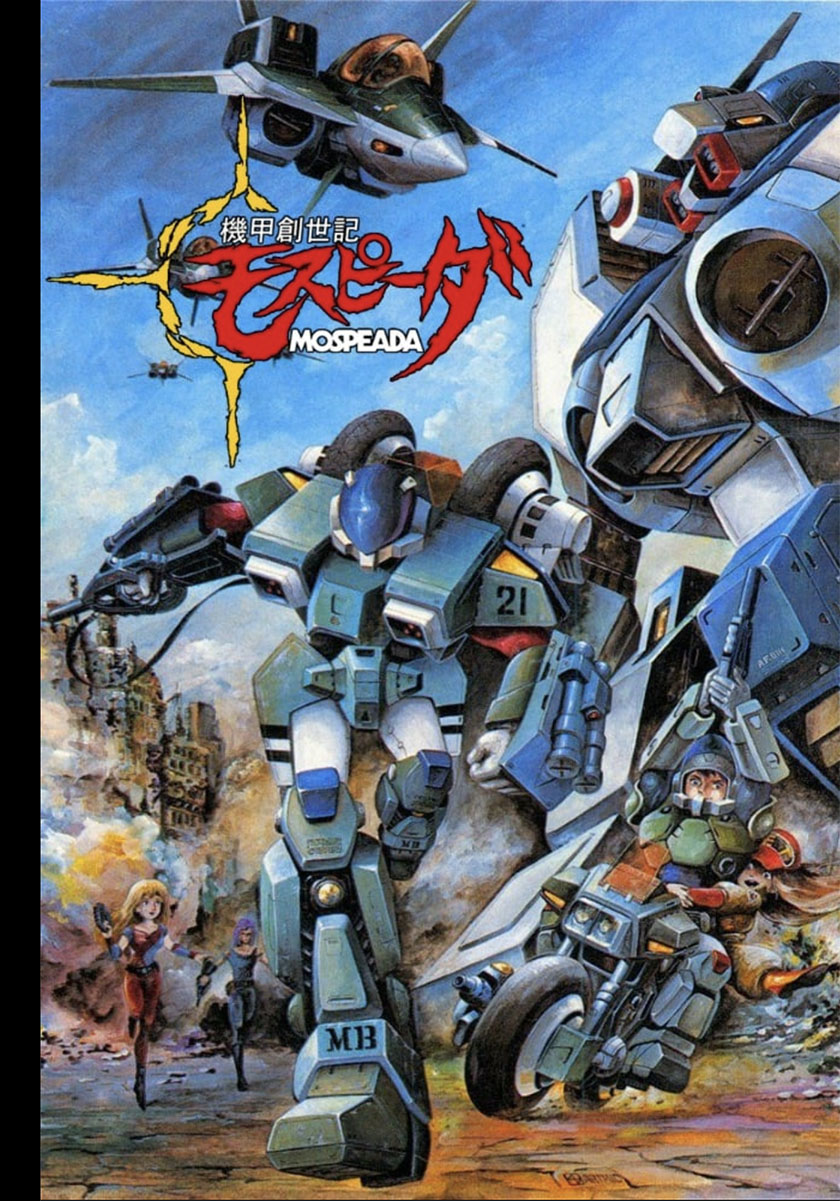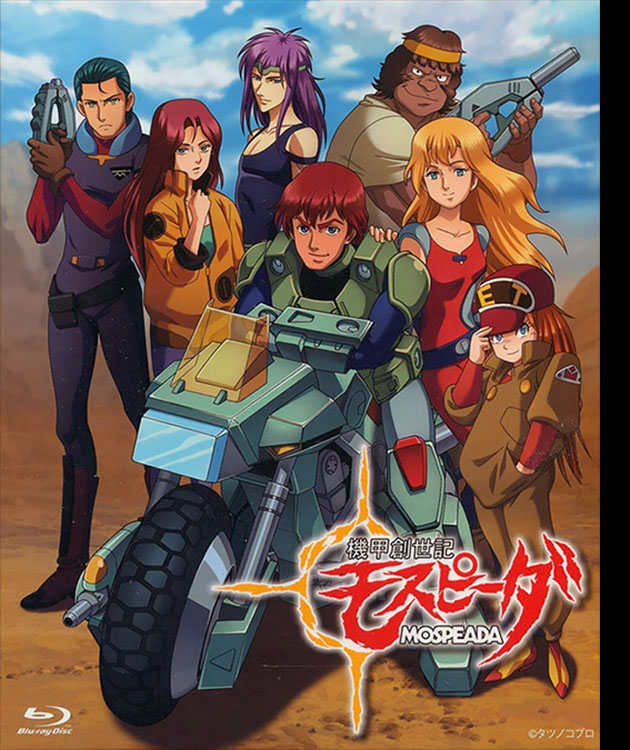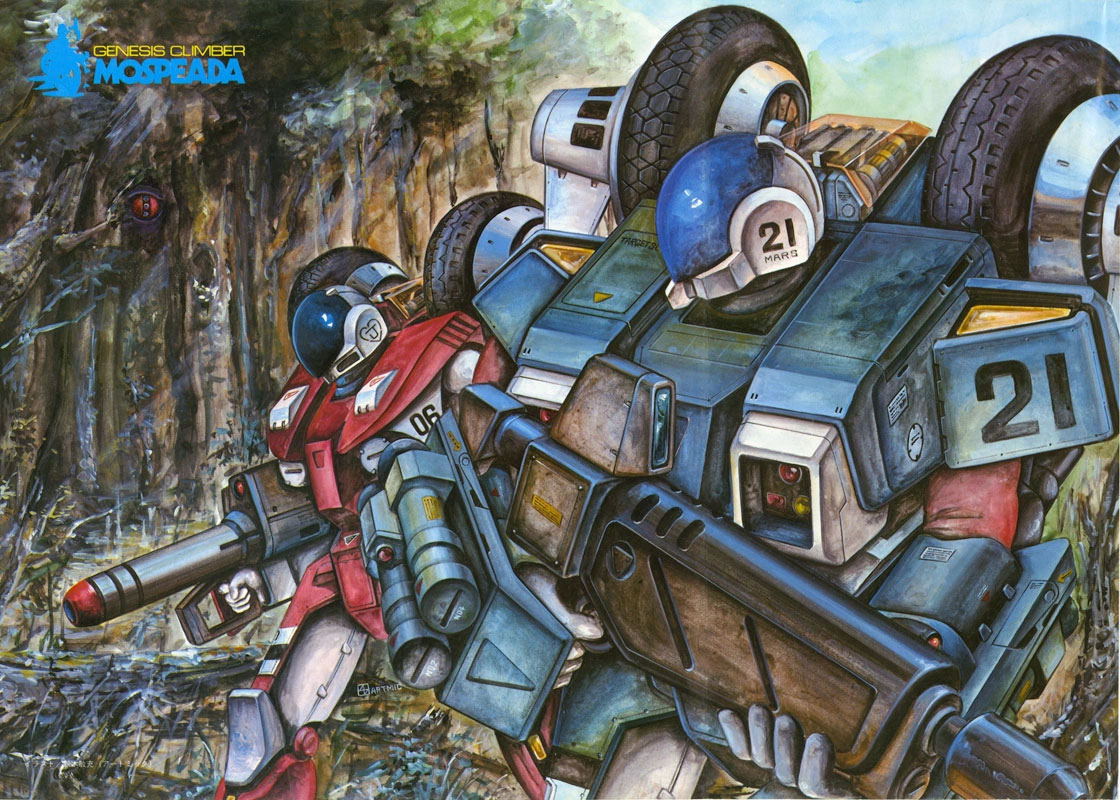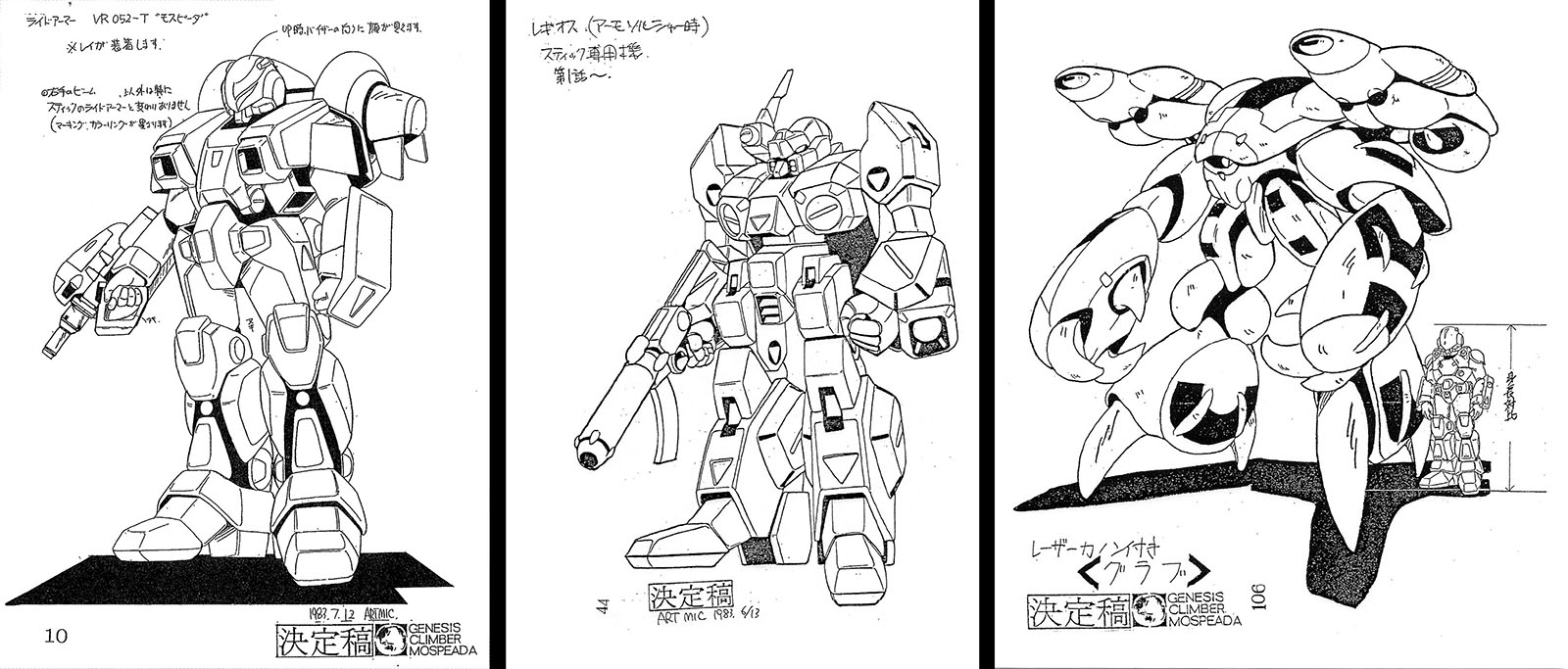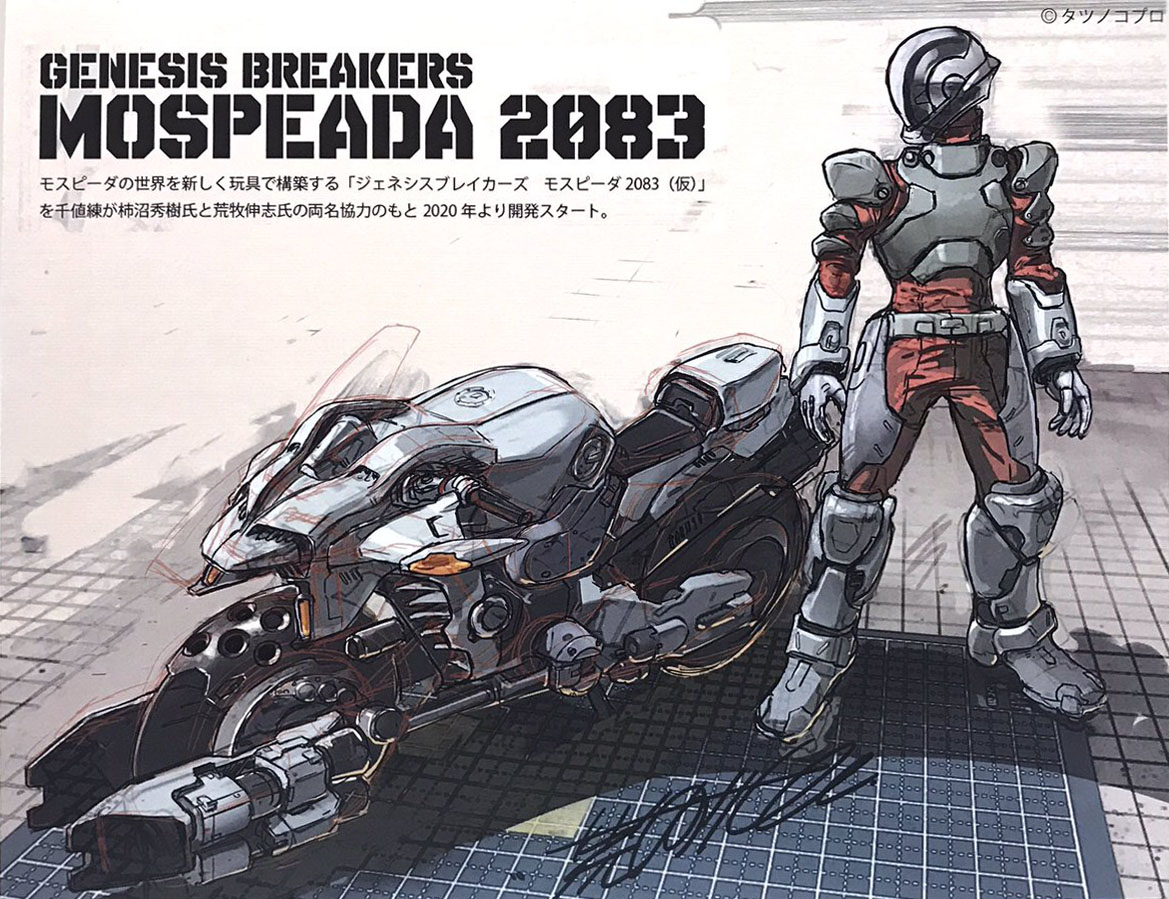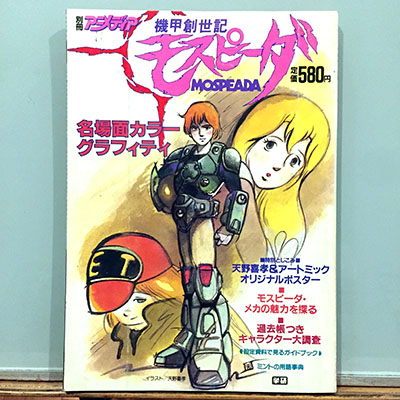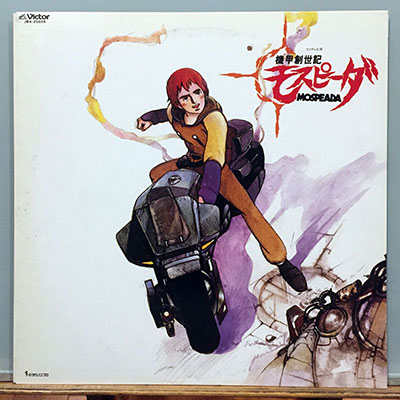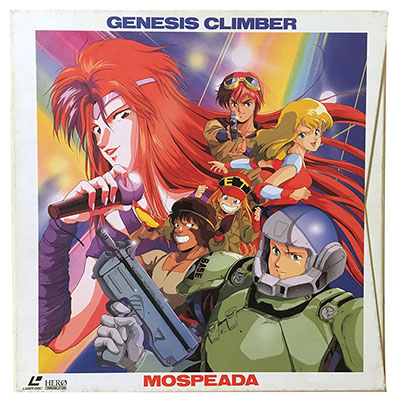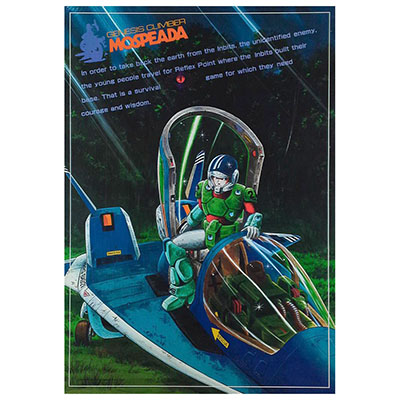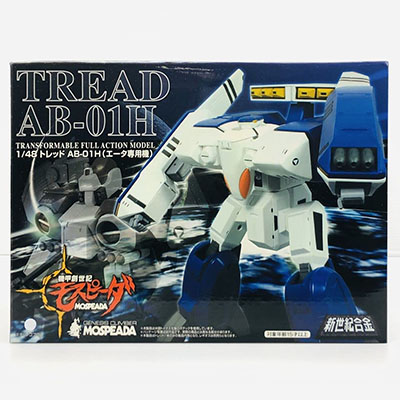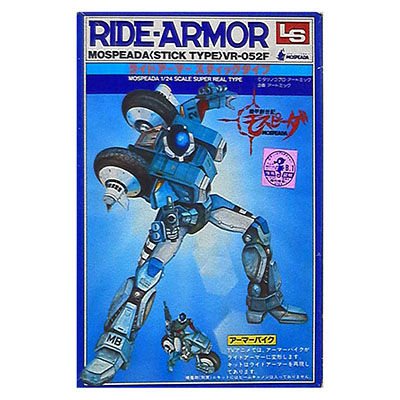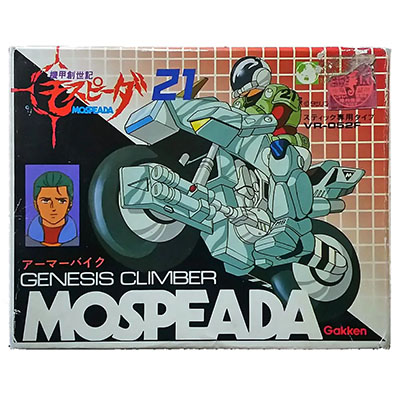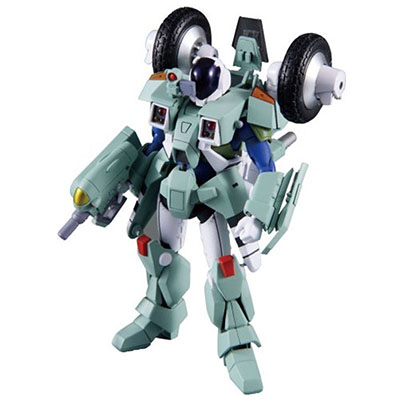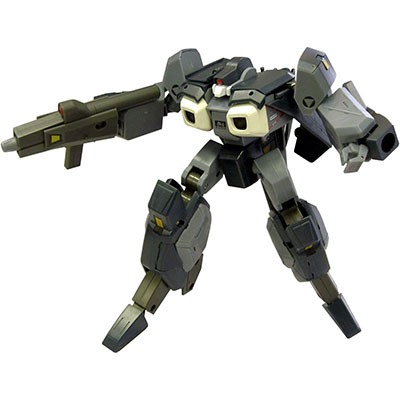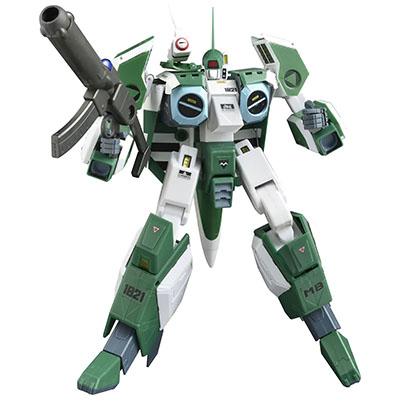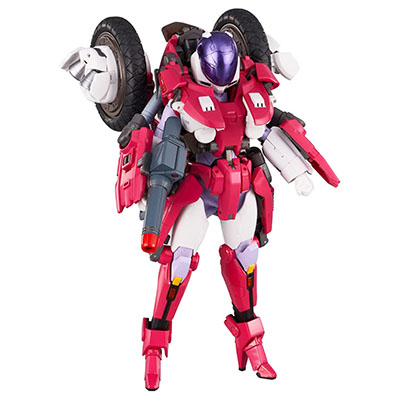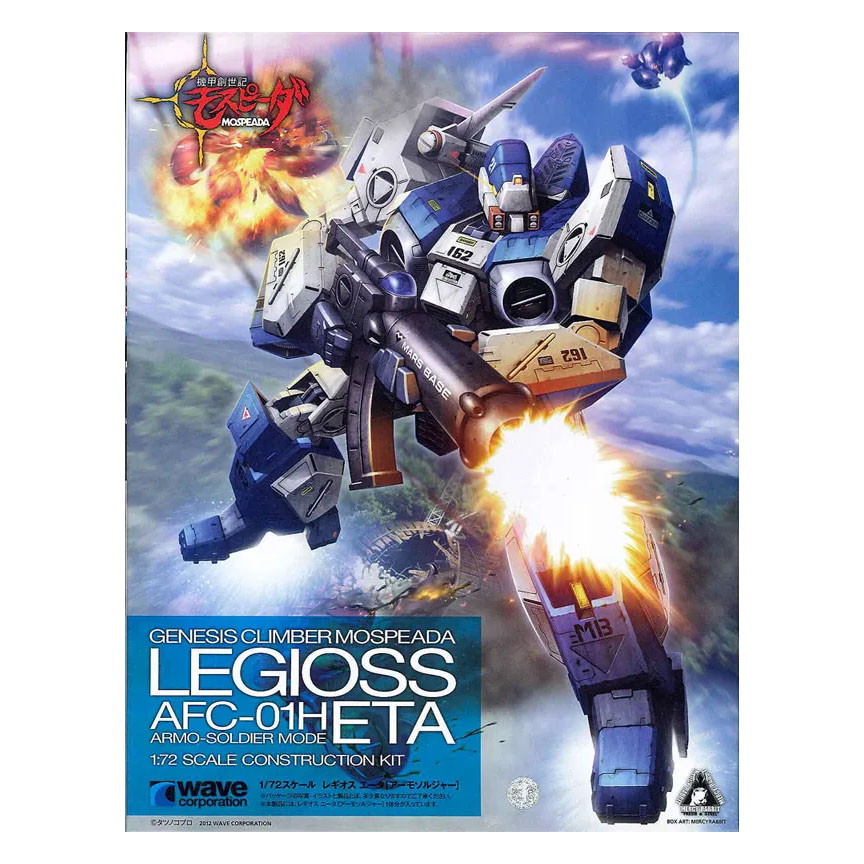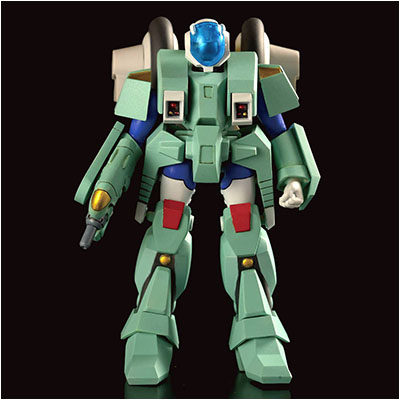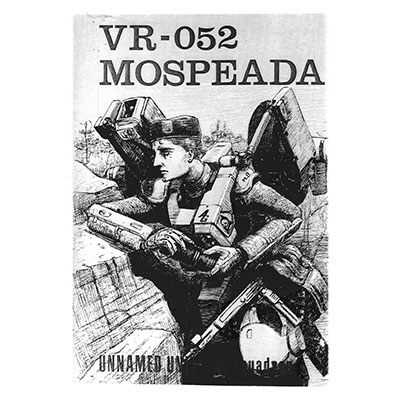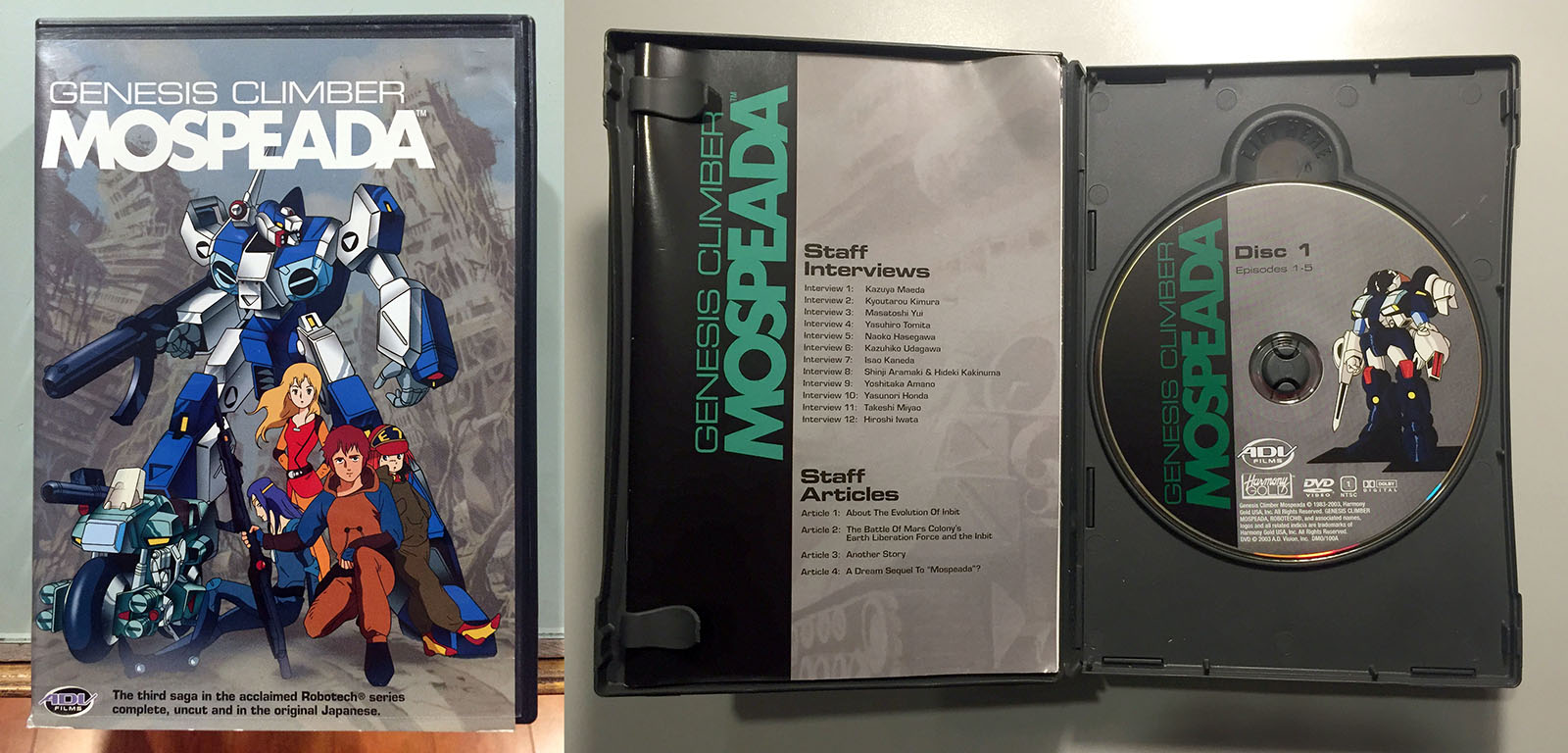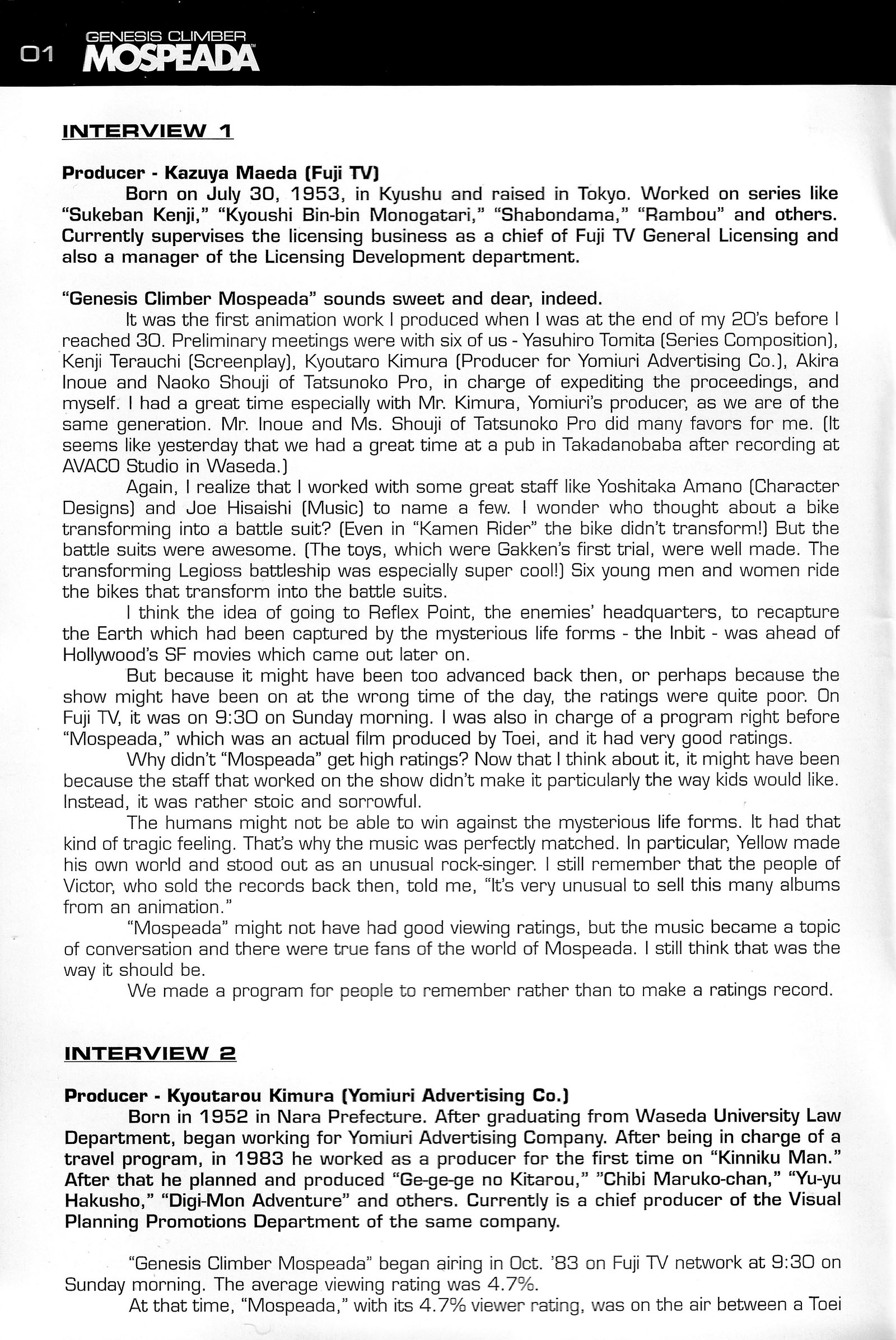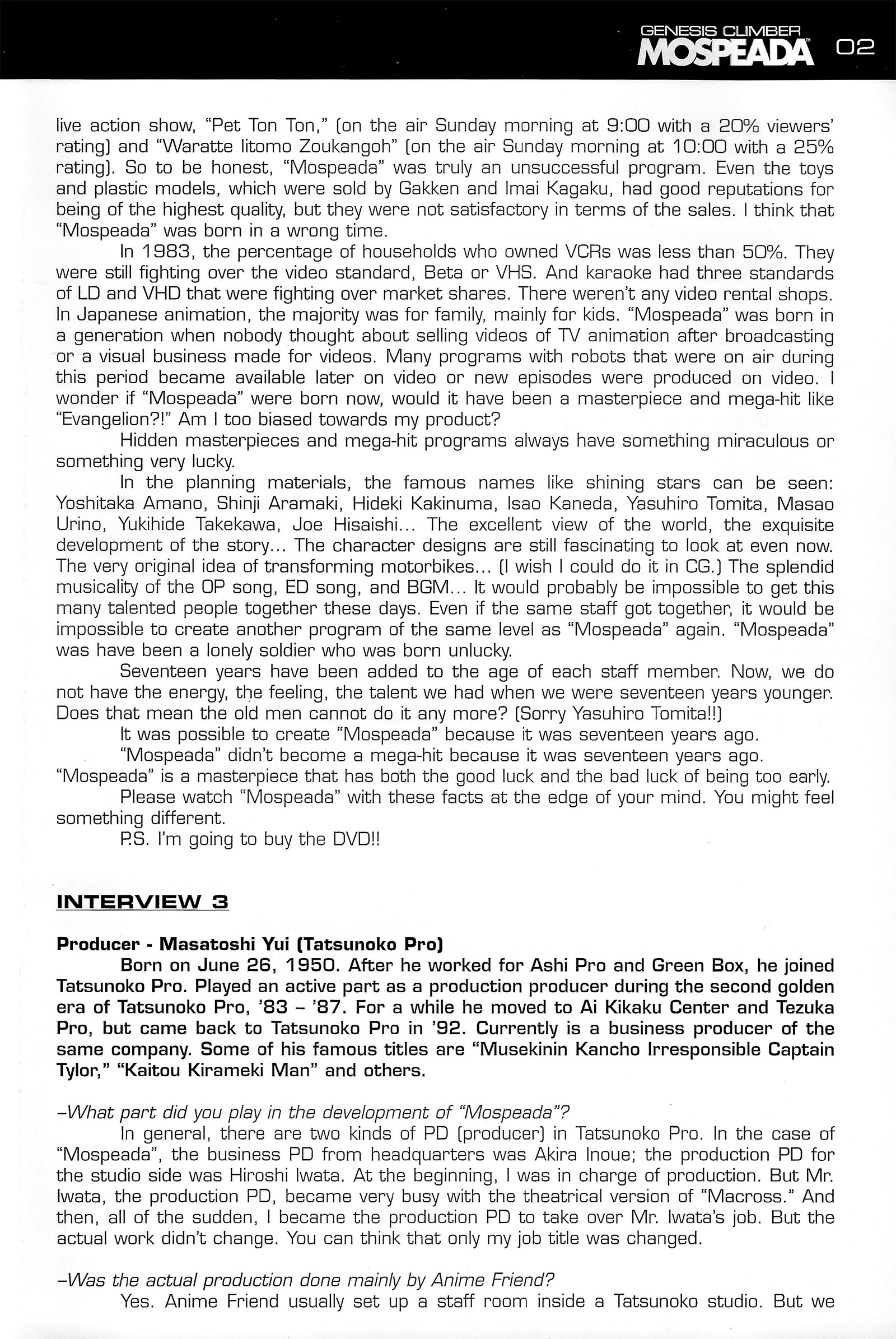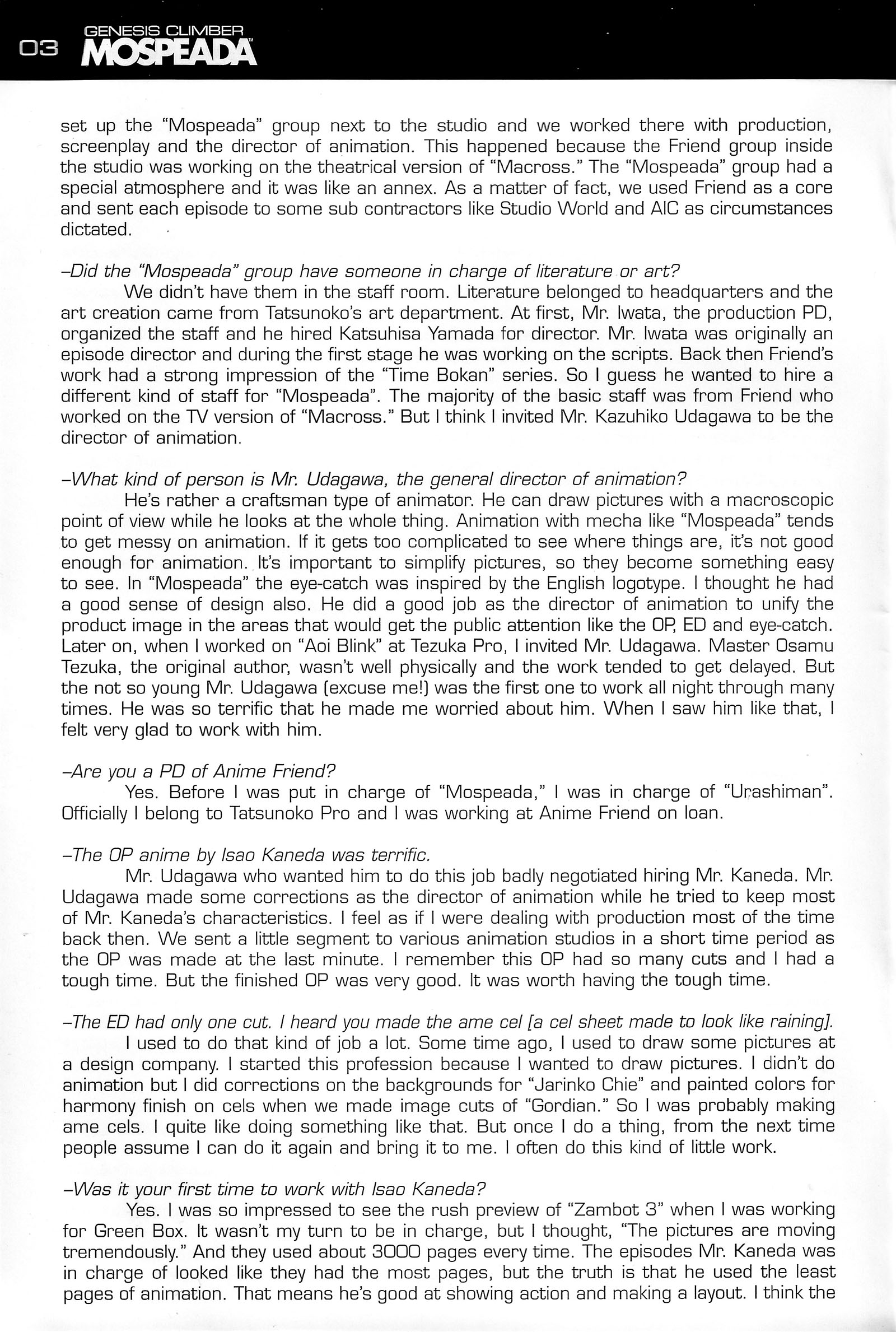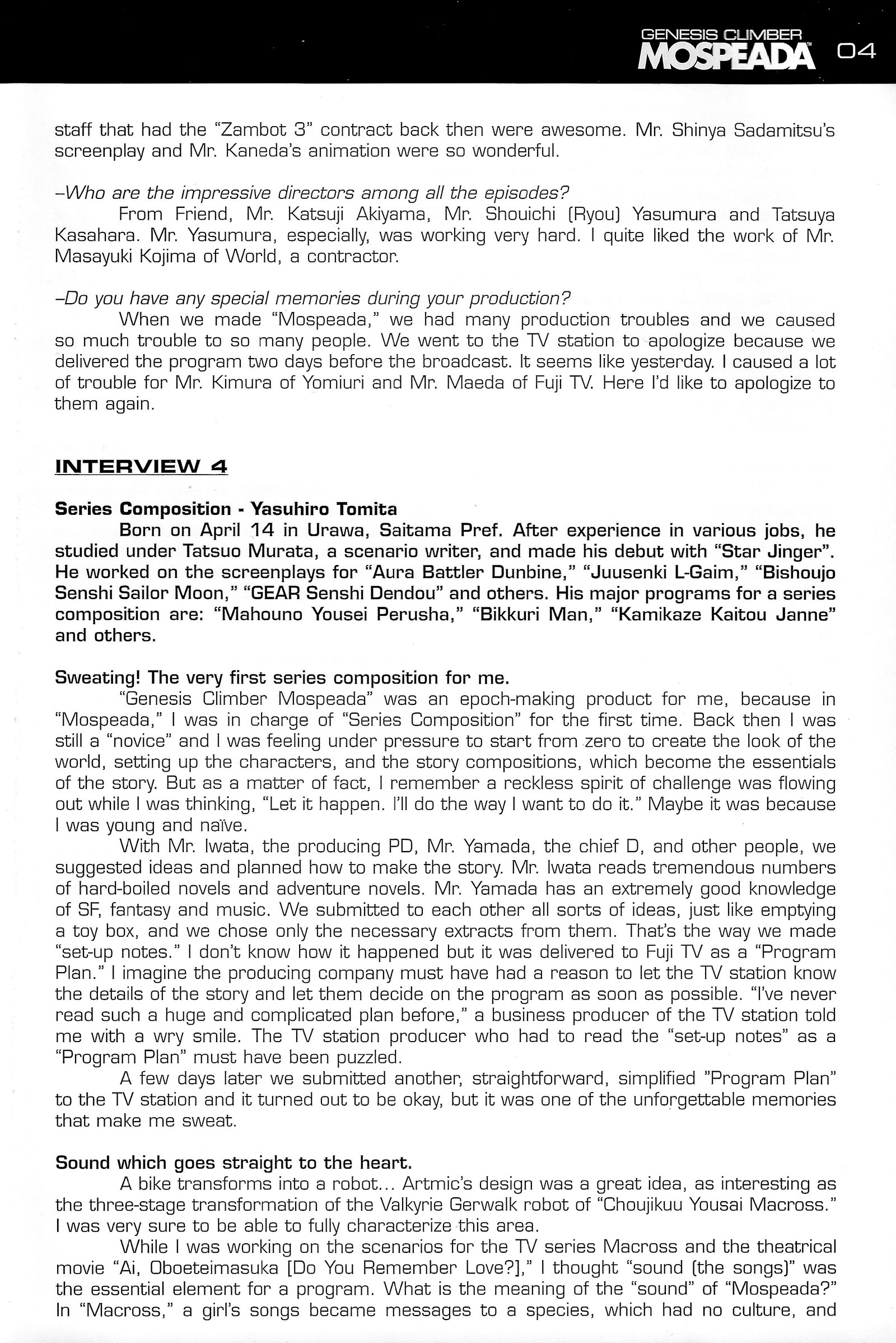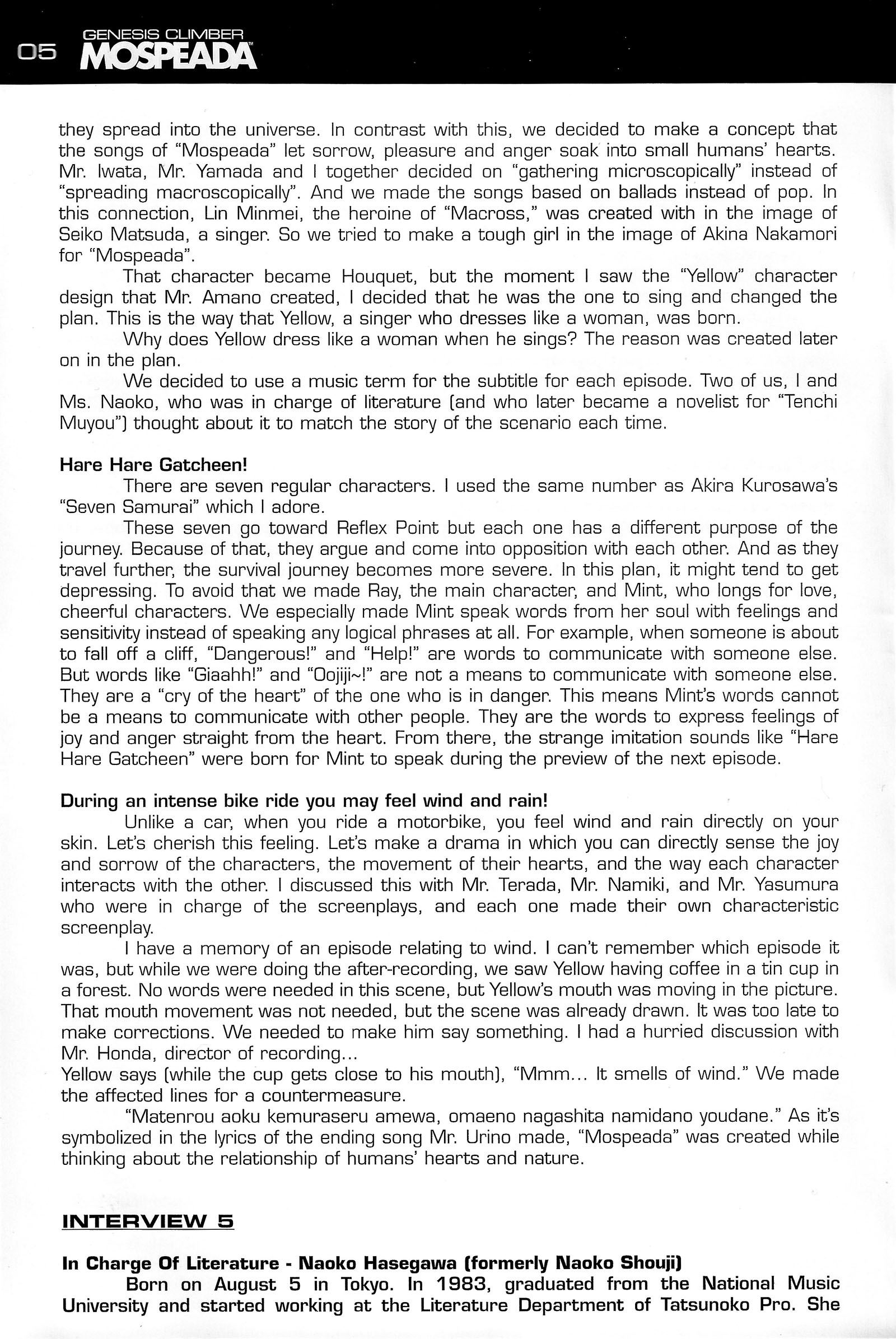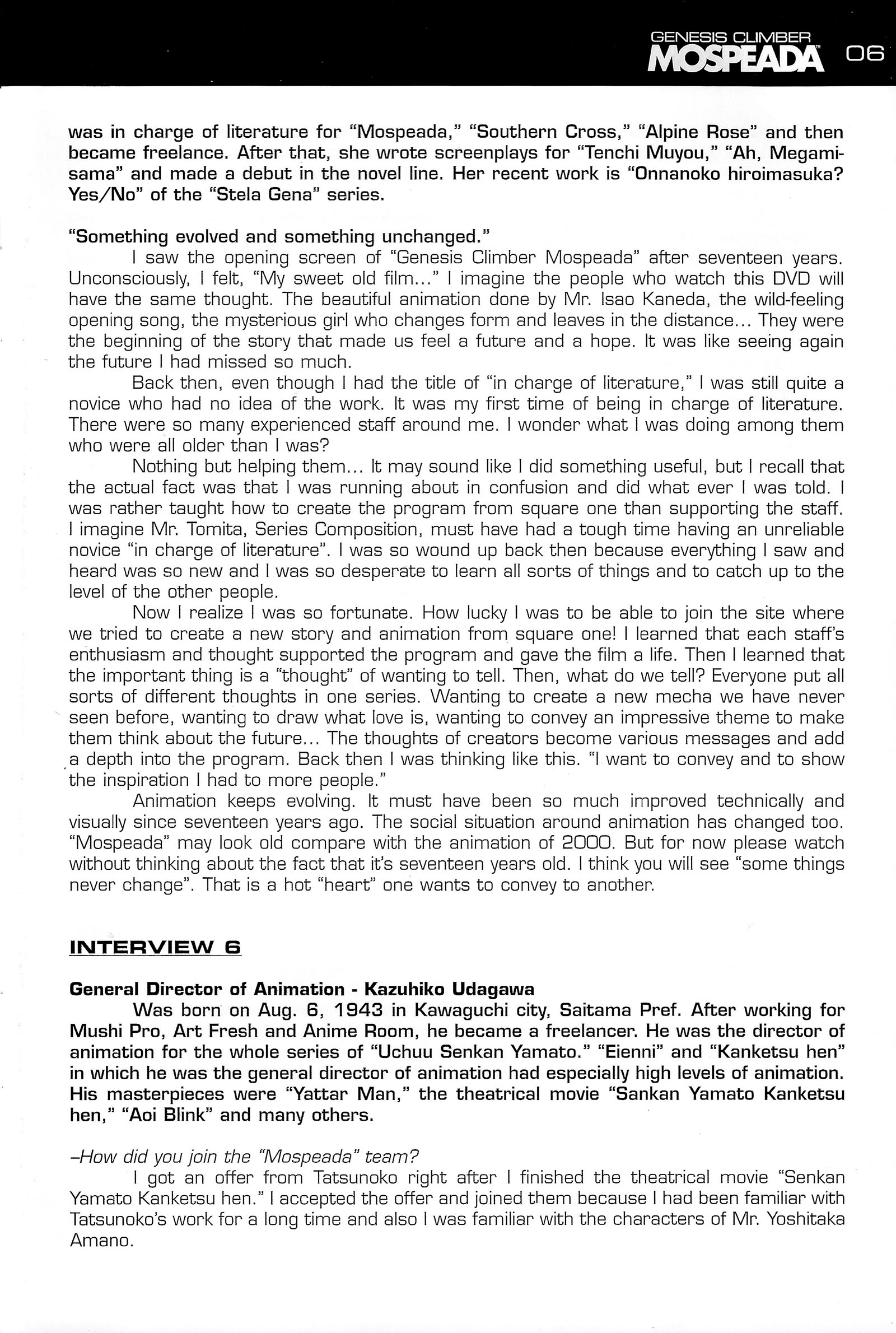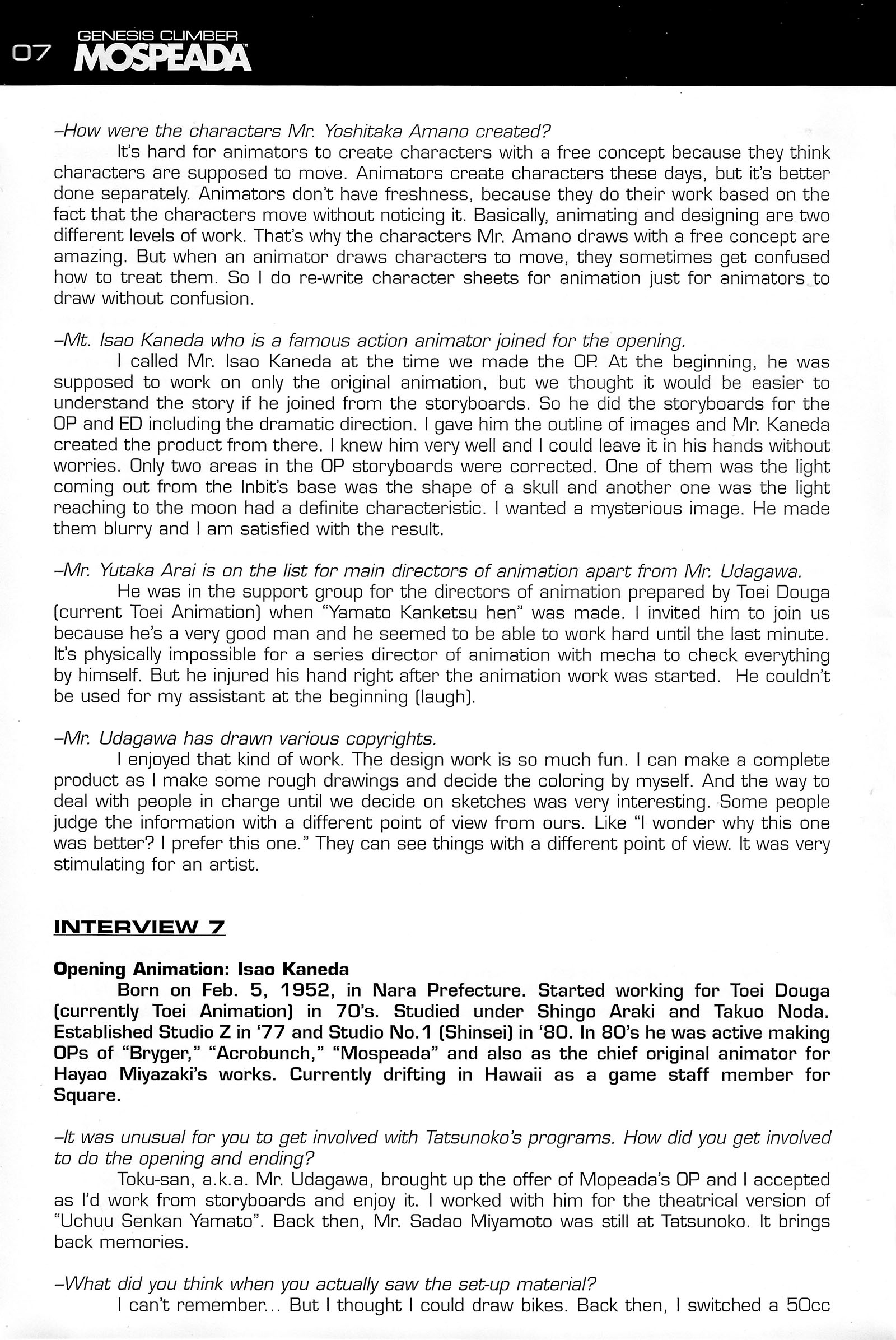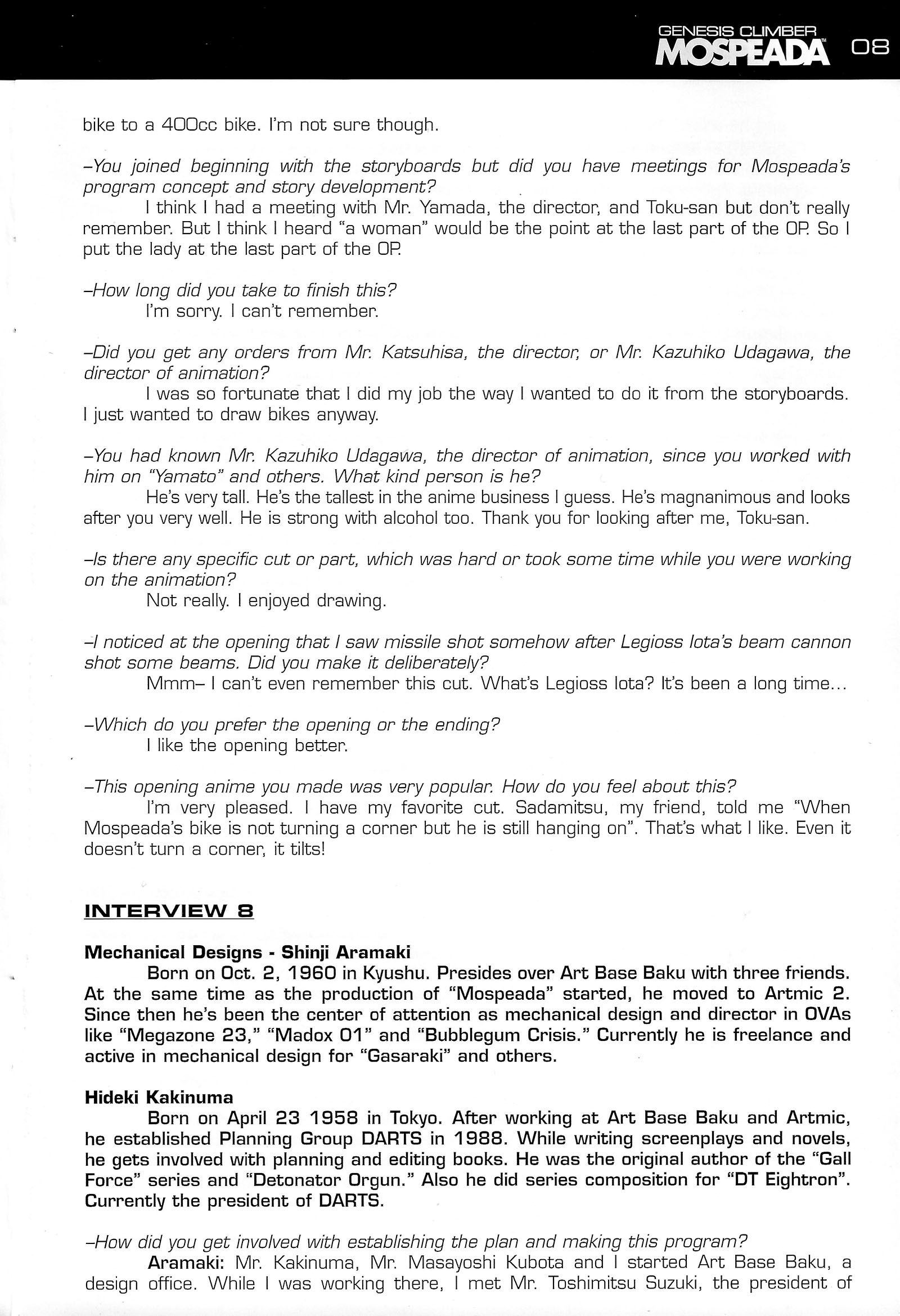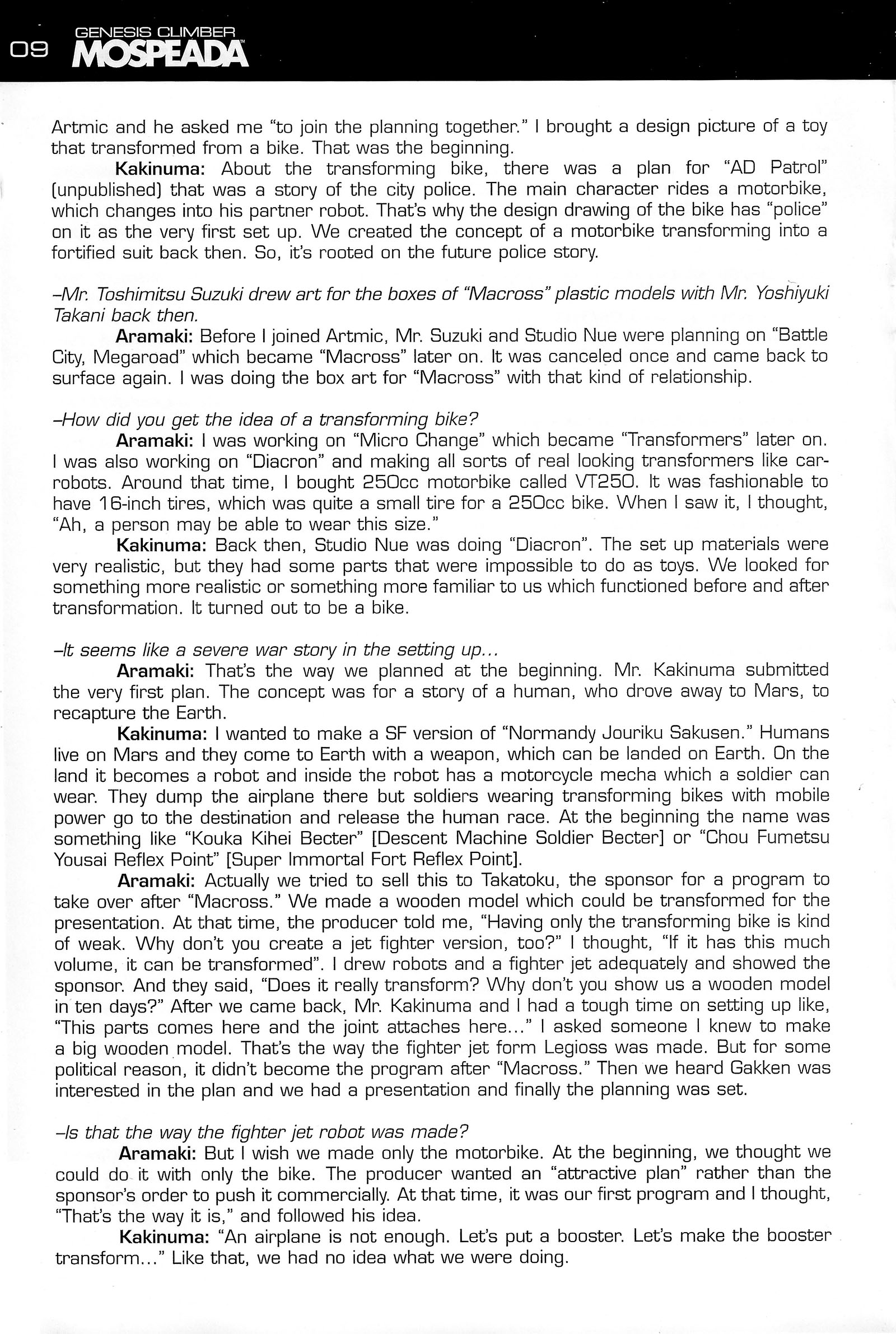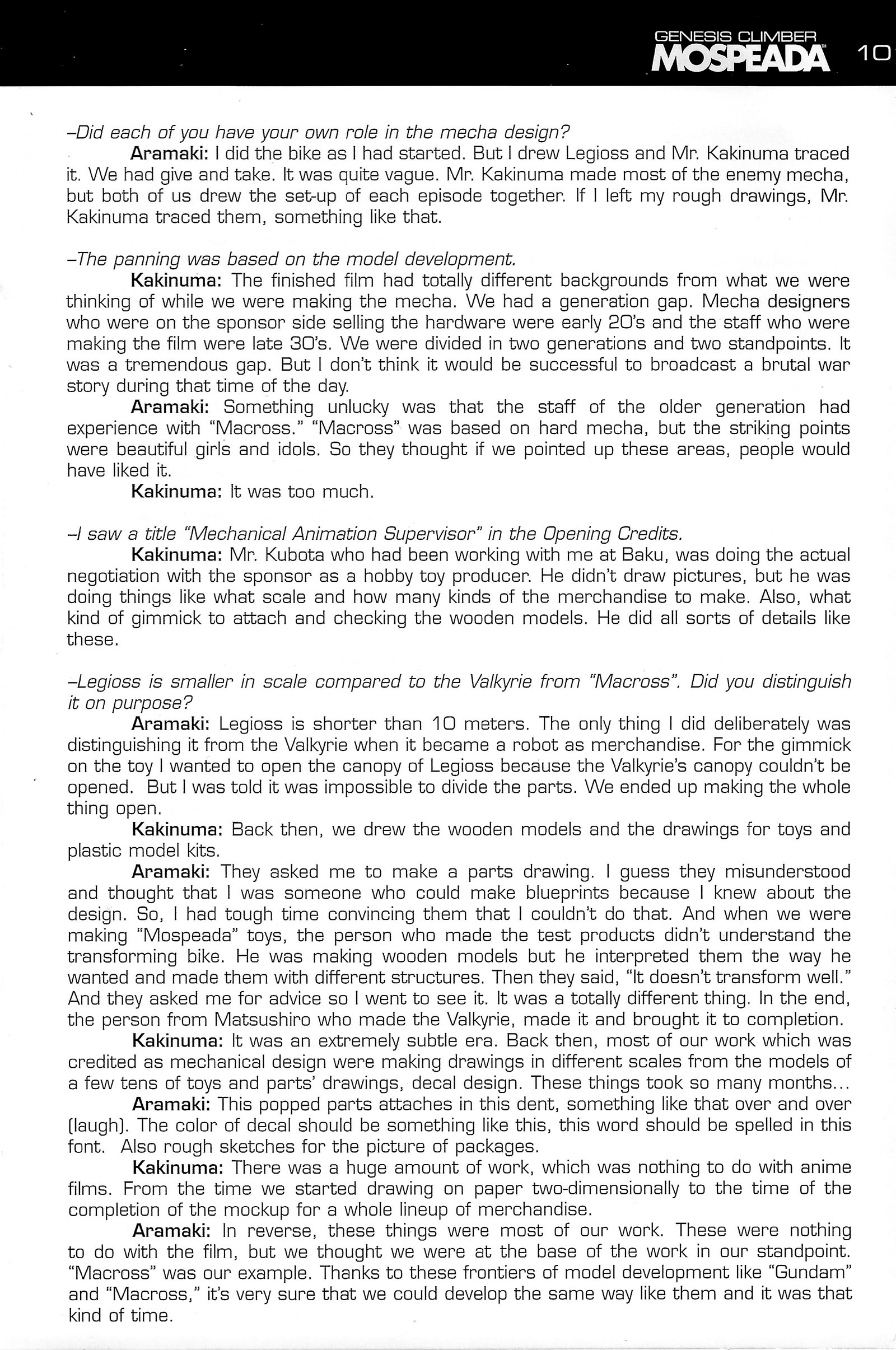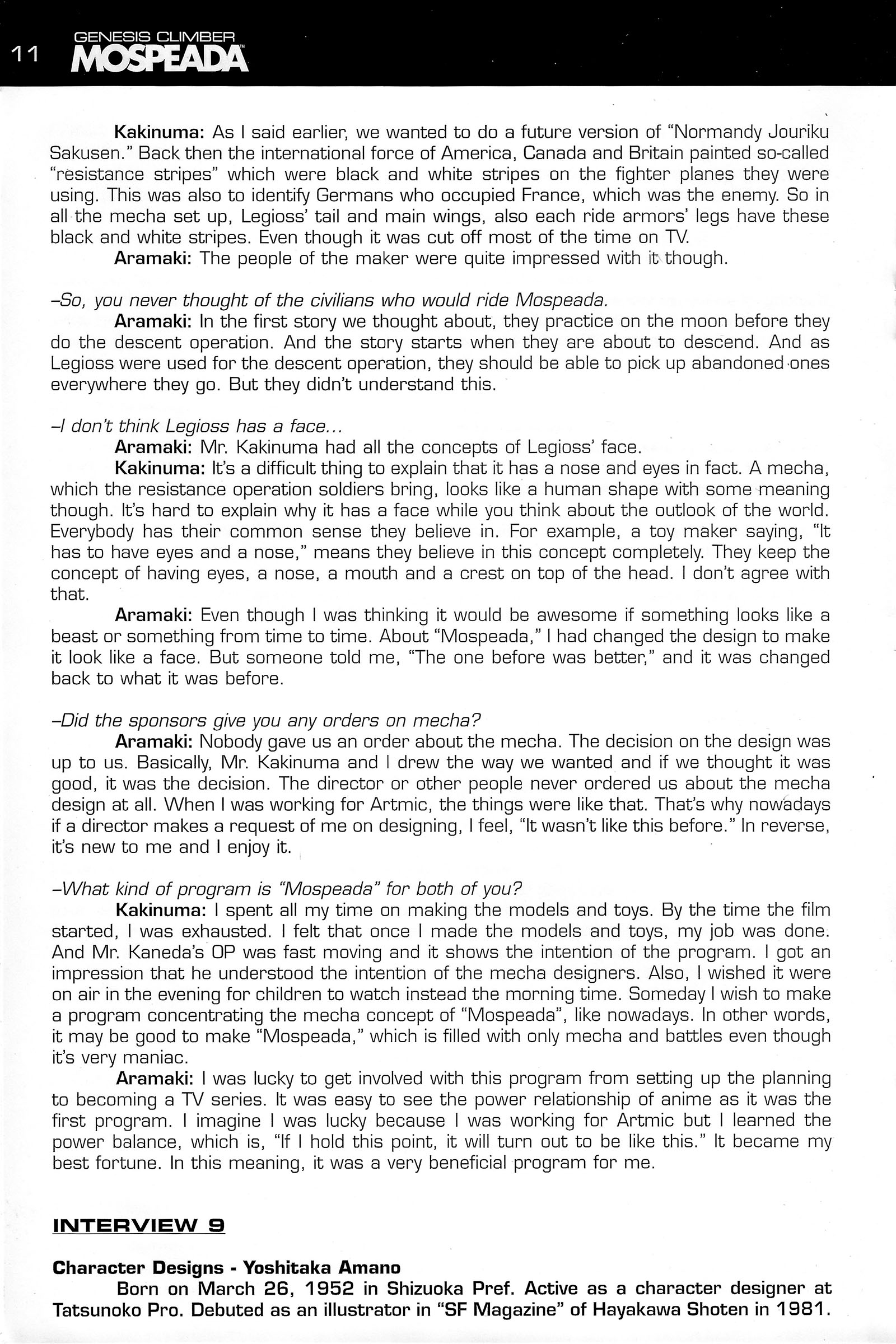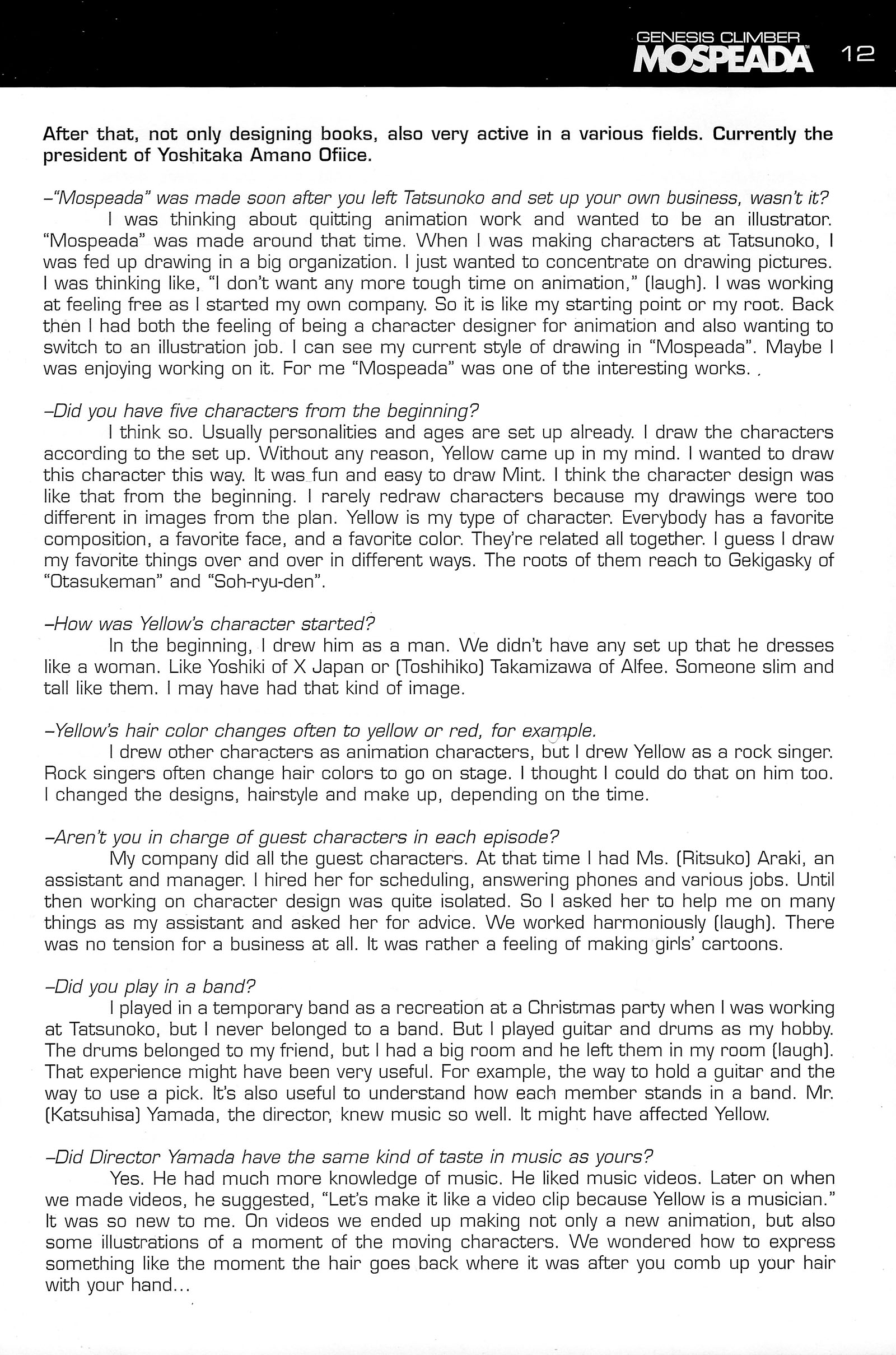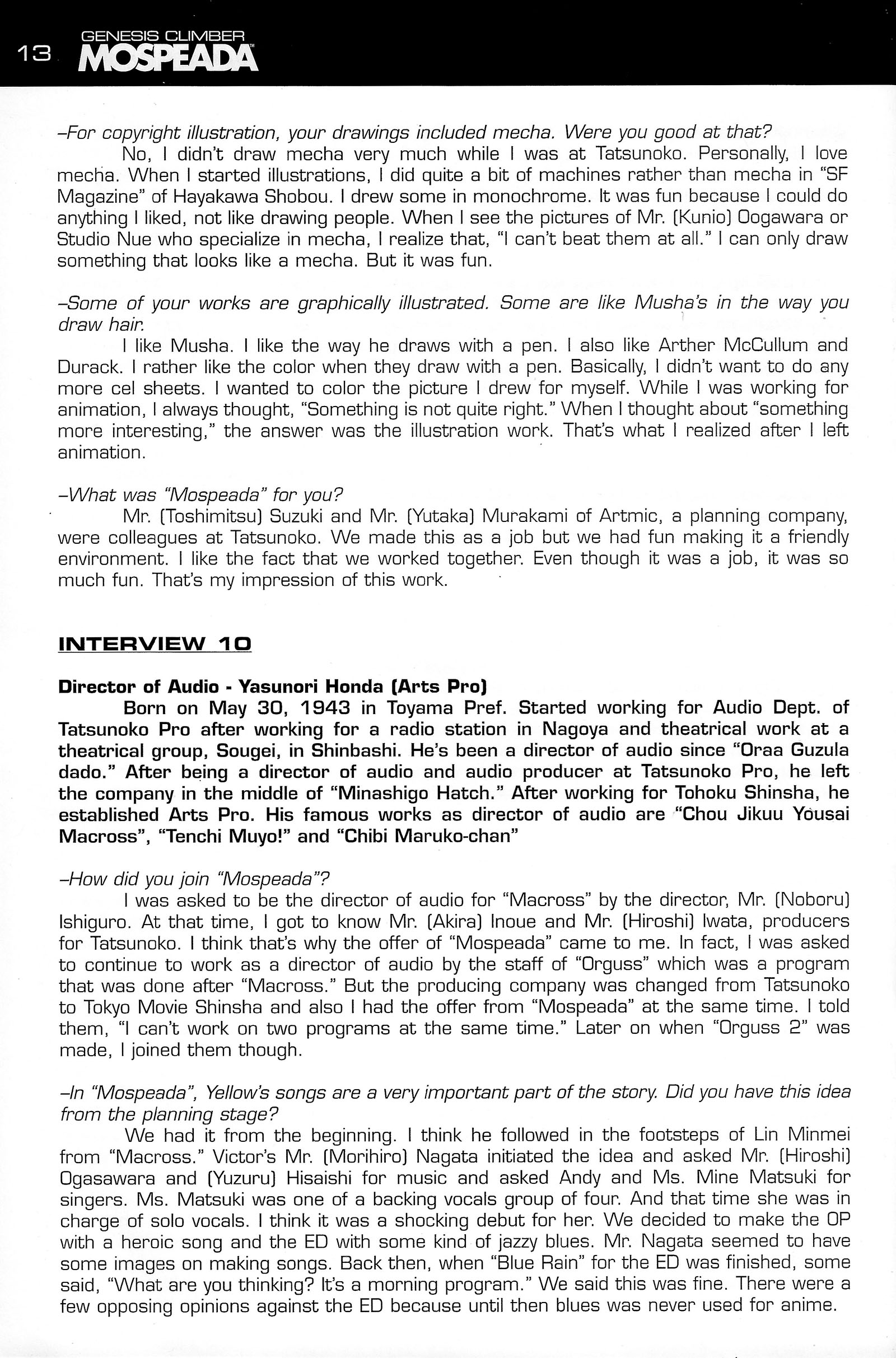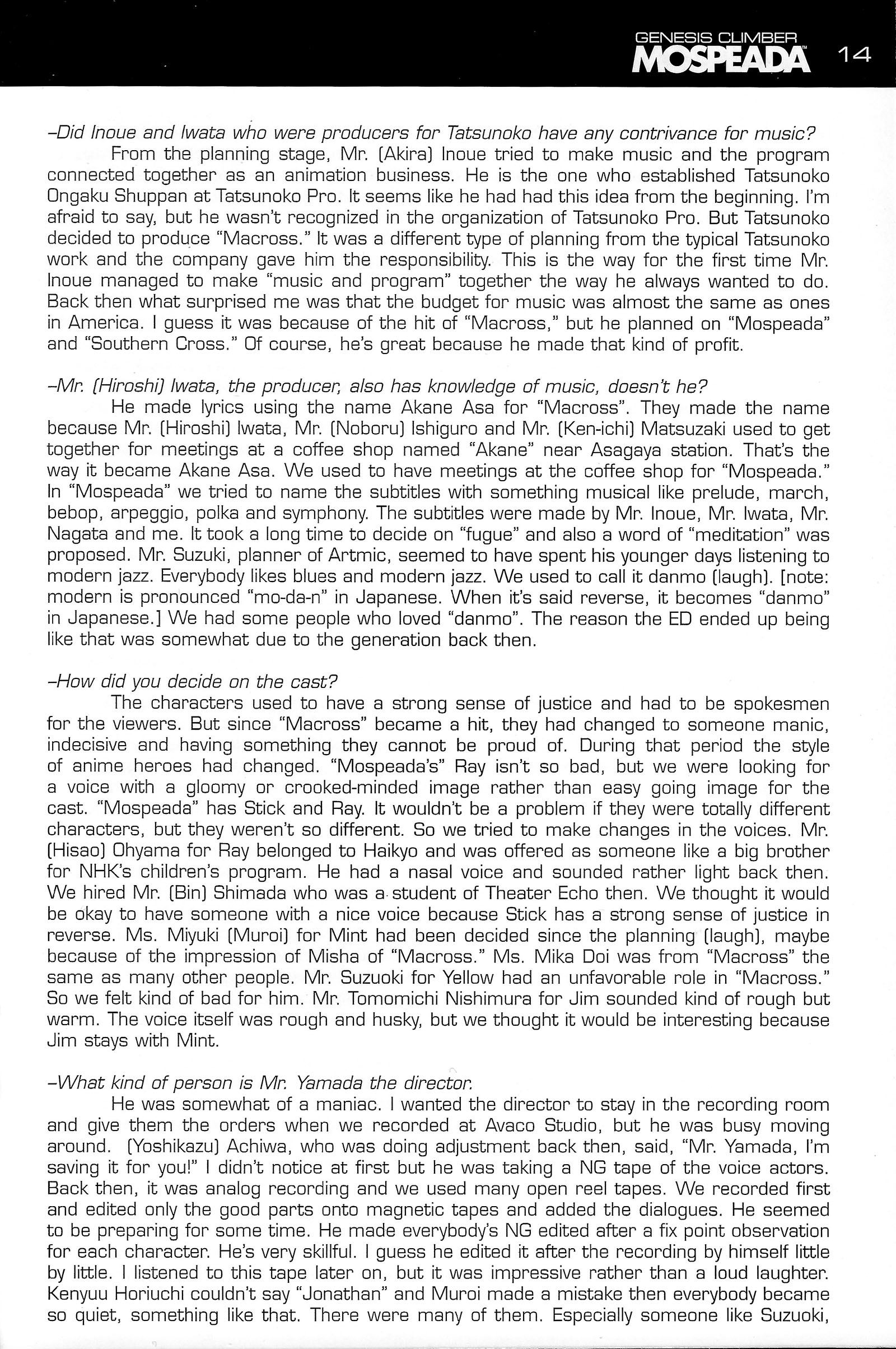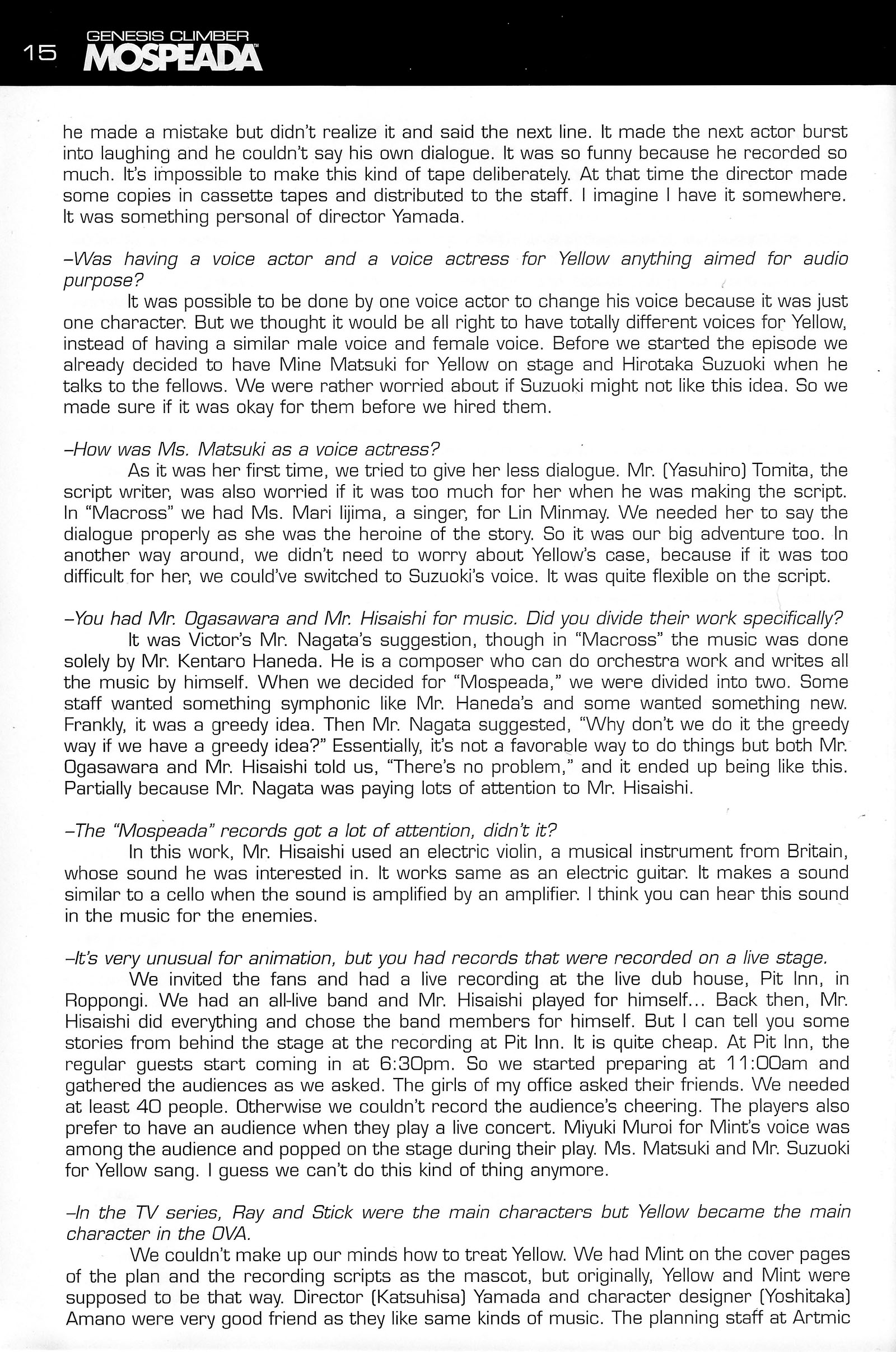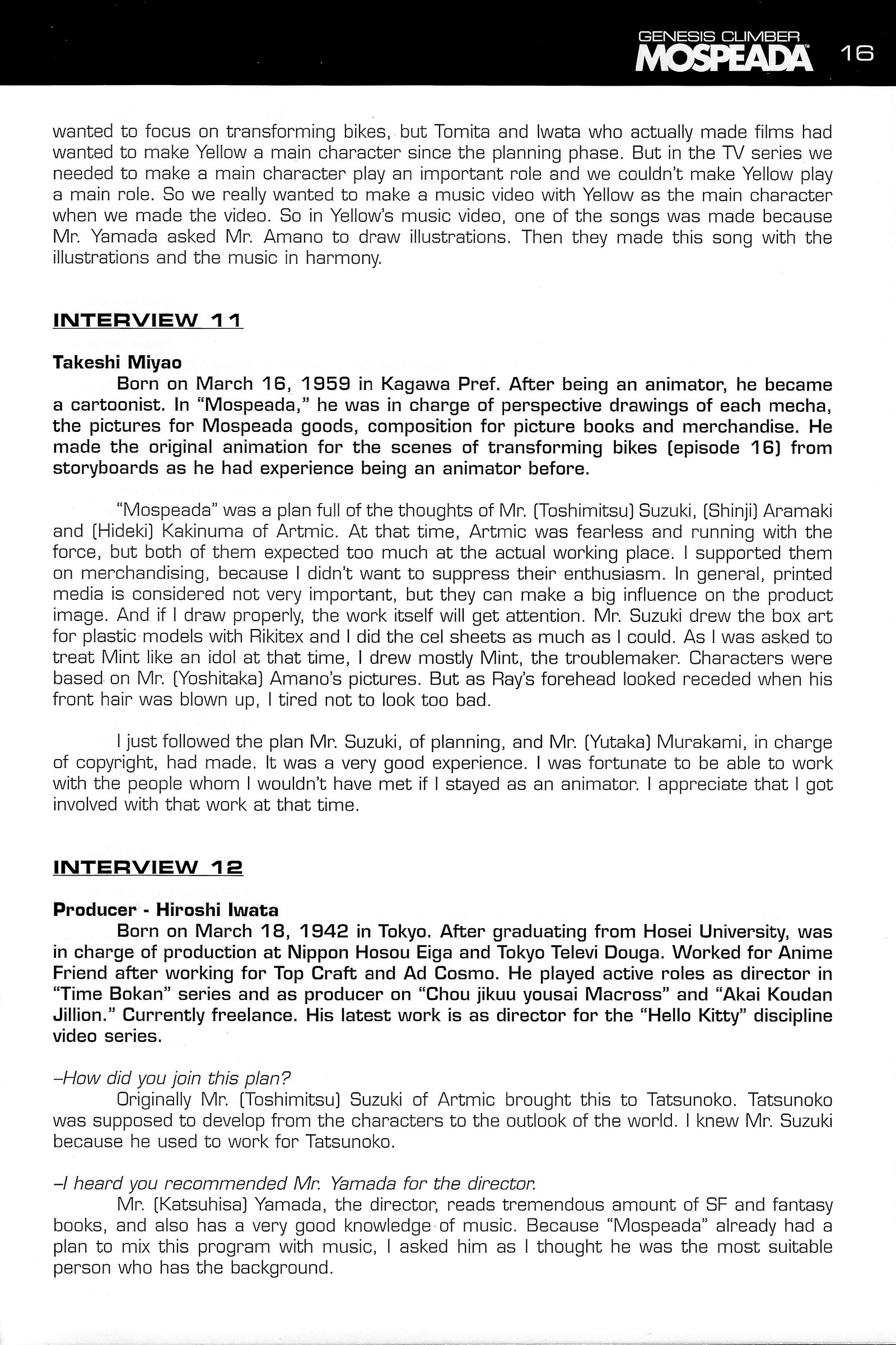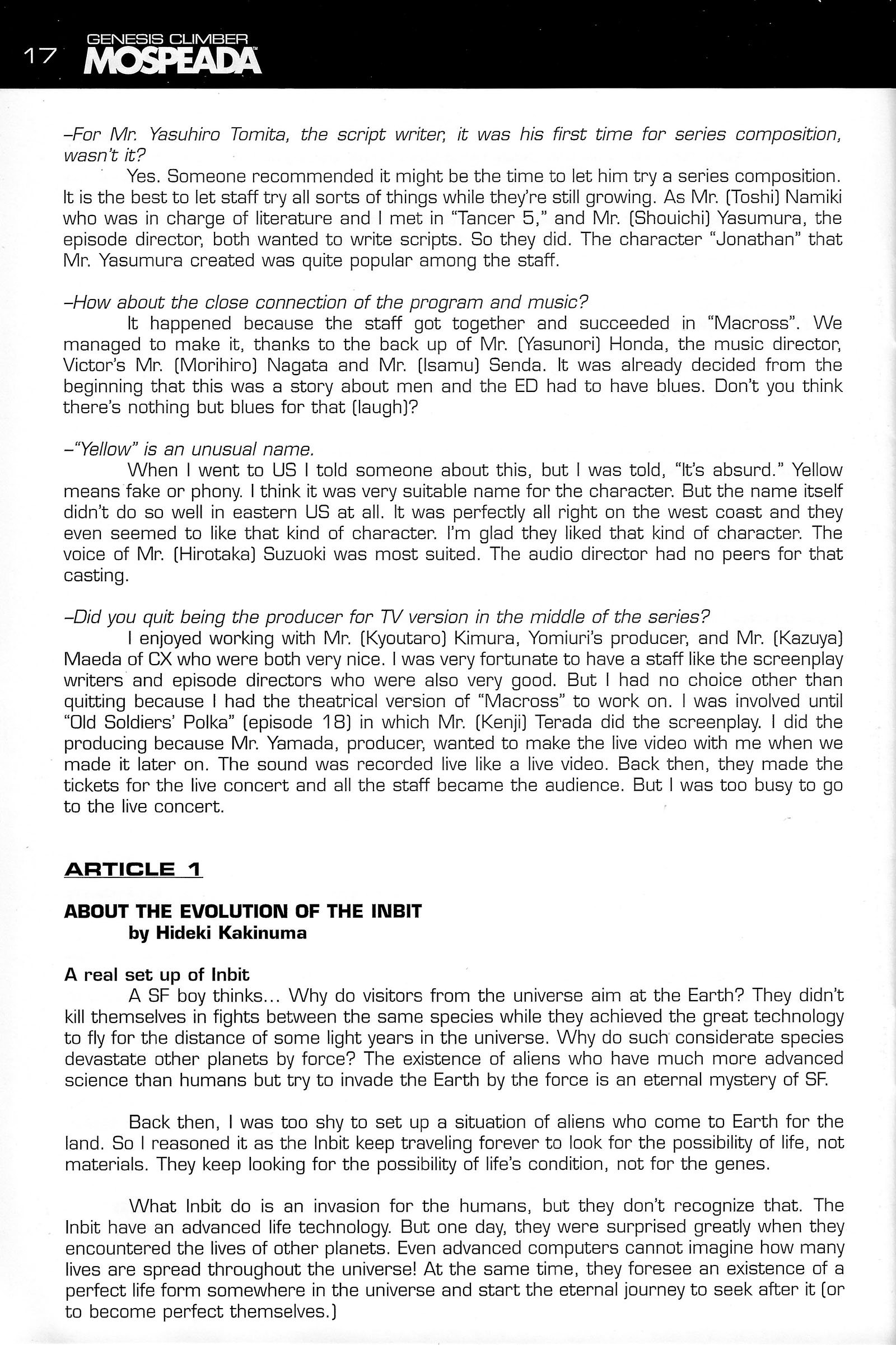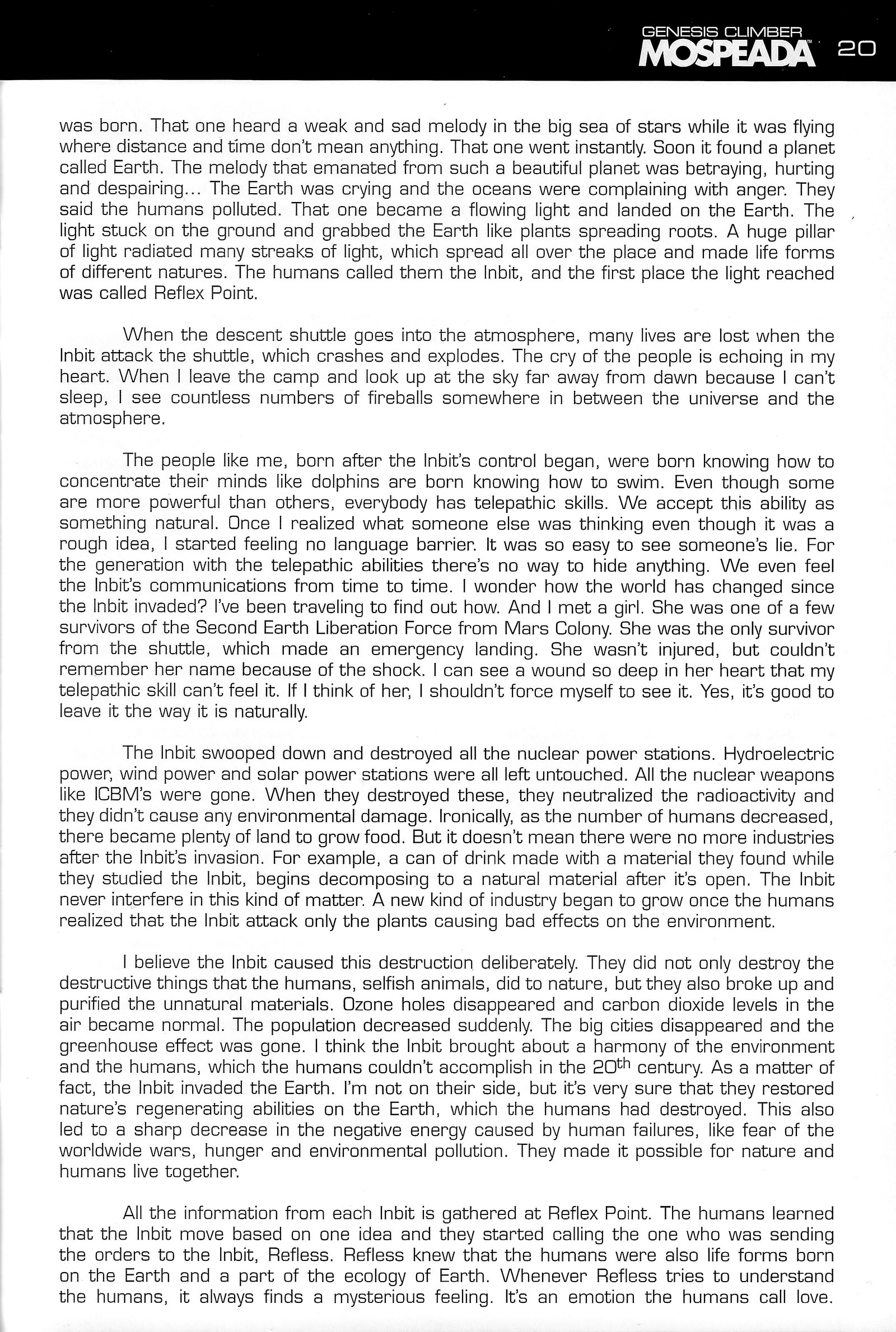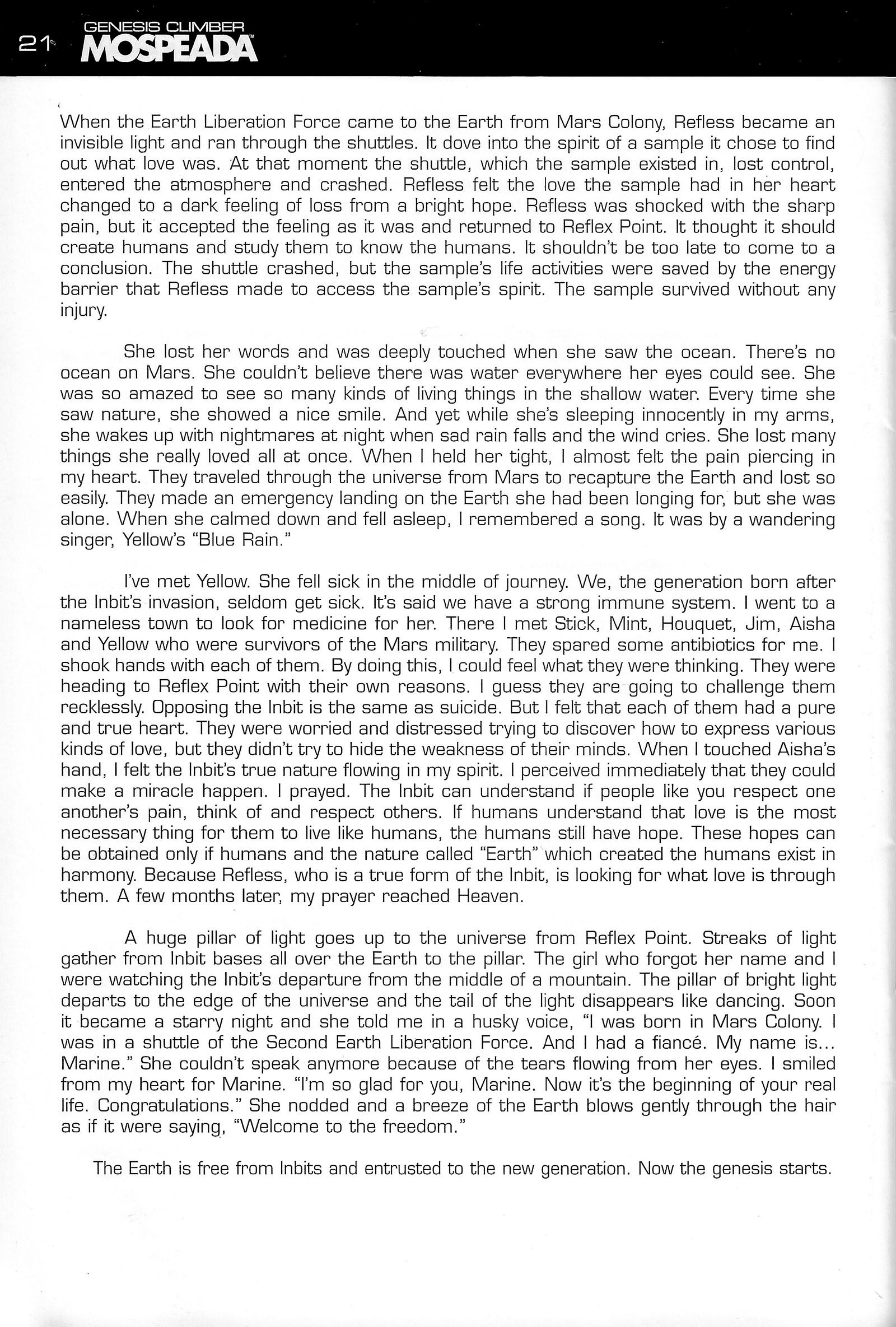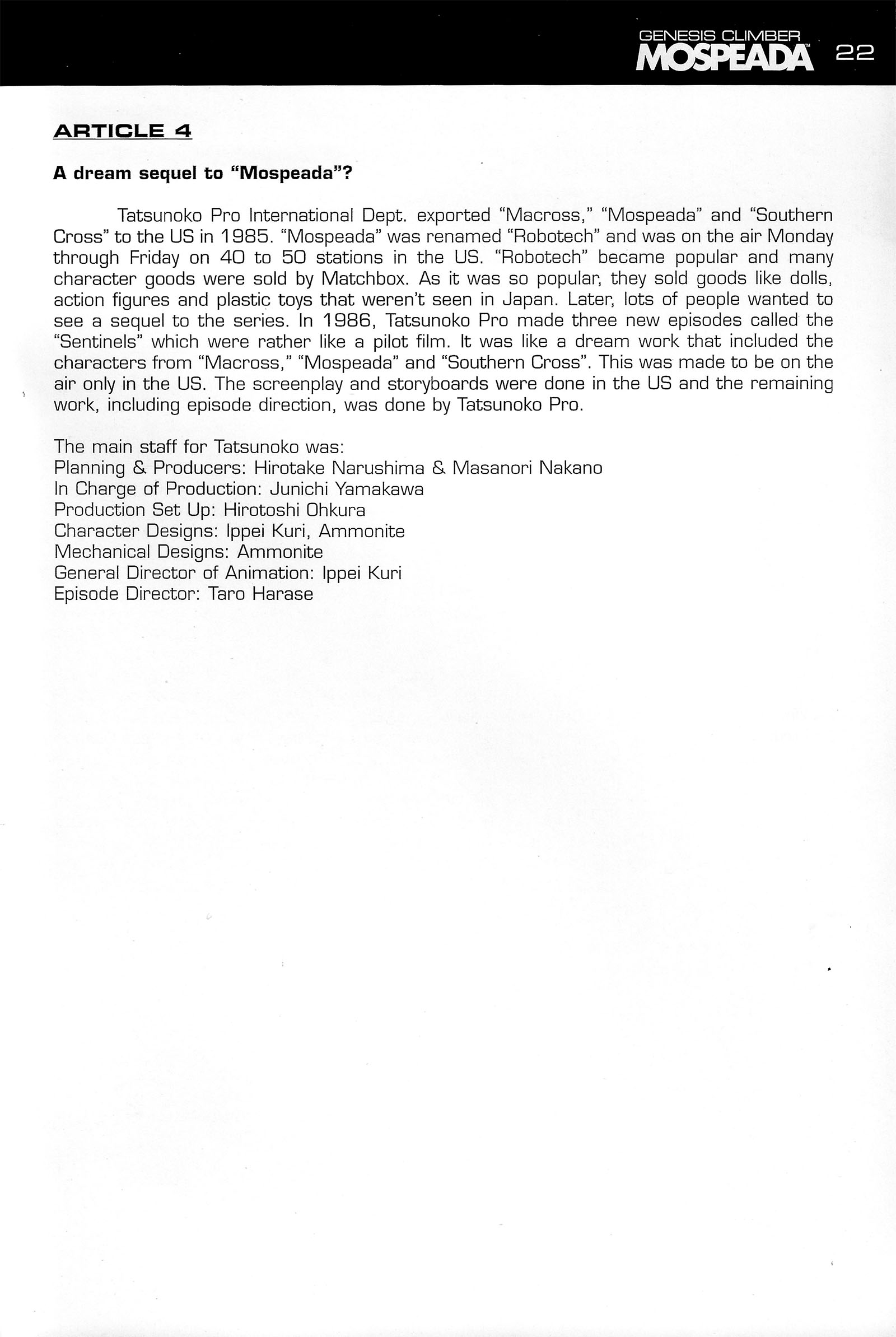Series profile: Genesis Climber Mospeada, 1983
In the year 2050, an alien race known only as the Invid invades and successfully conquers the Earth. Years later and despite brutal past failures, the inhabitants of Mars Colony send out a Liberation Force to try and reclaim their lost home world. The fleet is all but destroyed, but a lone survivor named Stick Barnard makes it all the way down to Earth. Gathering a handful of resistance fighters, he journeys to Invid headquarters at Reflex Point in an attempt to gather intelligence and discover a way to beat them.
Back in the cave man days of VHS trading through US mail, we had very little idea how popular anime shows actually were. All we had to go on was the media we saw: coverage in books and magazines, and images of spinoff merchandise. Occasionally, we were lucky enough to see the merch itself, but that was always a rare occurrence. You had to find sources via word of mouth, or by tripping over them and being surprised.
With such limited access to information, it was very easy to fill the vacuum with speculation, which of course was driven by our own bias. If we liked what we saw, we just assumed everyone else did too. TV ratings were irrelevant to us, since our “channel” was videotape. This was only amplified by the length of time you had to wait between episodes. It’s one thing to build up anticipation over 7 days. It’s another to wait months or even years to see a whole series. If you could even find it all.
You can understand, then, how surprising it was to learn in later years that the anime shows we liked were NOT always successful in their native land. Some of them struggled for viewers and the merch just sat on the shelf. (In fact, if we’d thought it through we might have realized that the products we found ourselves were only there because they didn’t sell in Japan.) Some shows, destined to later become classics, were cut short due to these factors. Others went the distance, but were still considered failures for one reason or another. Genesis Climber Mospeada was one of them.
After the first run ends, the next thing you watch for (if you’re so inclined) is a show’s “legacy footprint.” Anime history is replete with shows almost no one remembers, because they didn’t have one. Once they went off the air and the merch dried up, there was no effort made to revive them, even on home video. But then there are others, the “sleeper hits,” that seem to become more popular as time goes on. Genesis Climber Mospeada is one of them.
I was lucky enough to see a handful of Japanese episodes before the Robotech version entered my eyeballs, and I was hooked from the opening title onward. It’s hard to overestimate the importance of opening songs back then; their job was to grab you from the first note and set the tone for everything you were about to see. Mospeada‘s opening, like so many from the golden age of mecha anime, was a high-energy rock anthem with enough of those all-important English phrases to get you singing along. Couple that with equally high-energy scenes of motorcycles turning into powered armor (animated by the great Yoshinori Kanada) and you’re off to the races. Despite some only-average character animation, seeing it just made me want to see more.
However, further episodes were tough to come by back then. The show was originally broadcast from October 1984 to March 1984 (with an OVA followup in September 1985), a time when there was a LOT of competition in this genre. The audience for sci-fi mecha action had to choose from Srungle, Dunbine, Albegas, Votoms, Sasraiger, Orguss, Govarian, Dorvack, and Vifam. Those of us limited to VHS trading were downstream from viewers who made decisions about what to record, so they were in a very real sense the ones who determined the fortunes of anime outside Japan.
As a result, the first complete version of Mospeada I got to see came in Robotech form, since it was the third of the three TV shows that had been grafted together. That wasn’t the best way to consume it. The title was now Robotech, The New Generation. All the names were changed. The music was stripped out (replaced by noise masquerading as music). I went in KNOWING a pure version existed that I might never see. On the other hand, the story was pretty much intact and the voice acting didn’t turn into ear shrapnel.
Side note: I still had to rely on VHS for this. Robotech showed up later in Western Michigan than in other cities (1986), and when it finally did arrive, it was only on Saturdays and Sundays. With 60 episodes to get through before the Mospeada content began, that was gonna be a looooong wait. Fortunately, a pal in Chicago had already recorded everything and sent me copies. It was one of the rare opportunities (back then) to binge-watch a whole series, and I devoured it. No regerts. Over the next year or so, the rest of the Japanese episodes were found and consumed and full faith was restored.
Then came the legacy period, when the rest of us played catch-up with Japan. Books, toys, records, and model kits were found one by one. As we learned more about it, the show grew in our hearts. Not every anime series of the 80s withstood this test. Those with little to offer to collectors tended to fade into obscurity. It also helped to have an OVA (direct-to-video) special to chase down, titled Love, Live, Alive. It was an epilogue more than a sequel, a music video more than an episode, spotlighting the gender-fluid singer Yellow Belmont on a post-war concert tour. (Check out THIS transformer, boys and girls!) It didn’t add a lot, but it was a nice bit of meditative afterglow.
Then came the anniversaries. Around ten years later, Tatsunoko productions hit its 50th anniversary and trained a spotlight on its massive anime catalog. classic products were revived and new ones started showing up. So many would appear over the next decade it was like Mospeada was back on the air again. In fact, it was finding a new audience on home video (a fully subtitled version appeared in the US for its 20th anniversary) and toy companies like Megahouse and CMs Corporation were discovering exciting new ways to capture the mecha in 3D. The effort is ongoing; these days, we’re getting very sophisticated, high-end action versions of the same stuff that accompanied the original broadcast.
One explanation for the proliferation of products, back in the 80s as well as today, is that they didn’t require a huge investment in tooling. Take the Legioss robots for example; once you had the body worked out, all you had to do was swap a head and a color, and you’d have a whole separate Legioss. It took a very long time for the larger Tread robots to turn up as toys, but once they did they enjoyed the same benefit. For manufacturers, it was like making three products for the cost of one. You’ll see the results in the categories below.
If you paid close attention to the list of nine contemporary mecha shows I gave earlier, you’ll recognize the law of averages at work. Today, less than half of them have made a legacy footprint. Of course, this is because they earned it. Robotech certainly did its part to inject Mospeada with legacy fuel, but it’s easy to imagine that it too might have faded into obscurity if, say, Orguss had taken its place. It’s yet another example of luck playing just as big a role as quality. After a rough start, Mospeada got both.
Side note: I should remind you before moving on that, in addition to being a fan, I had the great fortune of tackling Mospeada in the comic book realm. See the results in the Robotech Invid War articles over in the “Pro comics” section.
See all 25 episodes and the OVA subtitled on Youtube here
See an extensive collection of production designs here:
Ride Armor | Legioss & Tread | Other mecha | Invid mecha
Related links
Postscript: Genesis Breaker Mospeada
The very best legacy footprint any anime series can have is a modern sequel. First announced in 2019 by co-creators Shinji Aramaki and Hideki Kakinuma, it takes place in parallel with the original TV series, with all new characters and mecha. It’s not clear whether this will become an anime production, but a serialized, illustrated novel began in Hobby Japan magazine and at Hobby Japan Web in October 2022 (12 chapters as of this writing) and can be seen here. The first transformable action figure is scheduled for release in March 2024 (see it in the Riobot category below).
Learn more at Fandom.com here
Join the Genesis Breaker Facebook community here
Start reading their translation of the Genesis Breaker serial novel here
Product categories
I make no guarantee that this is EVERYTHING you can find, but it surely represents a large percentage!
Staff Interviews
The following content was originally published in a booklet that accompanied the 2003 Mospeada DVD box set released by ADV Films.

